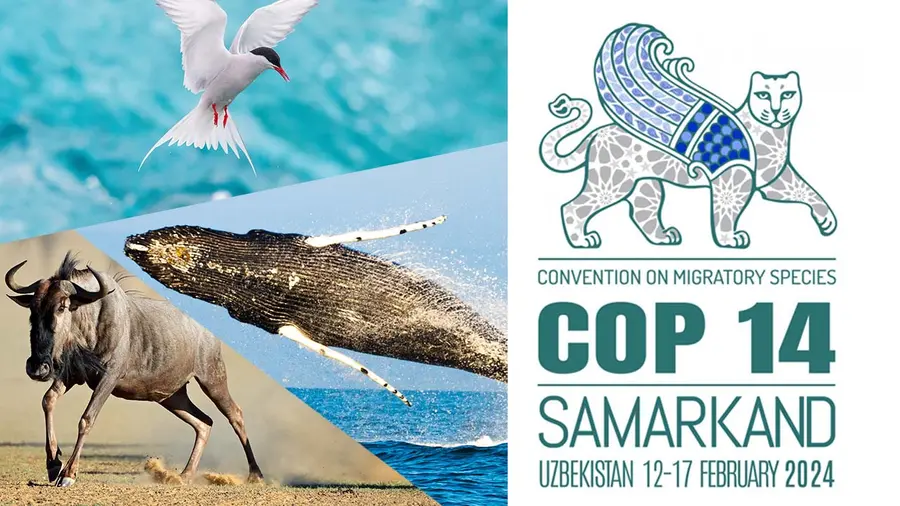





Copyright infringement not intended
Picture Courtesy: https://www.iucn.org/cms-cop14
Context: The Convention on Migratory Species (CMS) 14th Conference of Parties (COP14) is taking place in Samarkand, Uzbekistan from February 12-17, 2024.
Details
Key topics that will be discussed at the COP14 include:
Convention on Migratory Species (CMS) and why is it important?
The CMS works through two main mechanisms: Appendices and Agreements
Conclusion
|
PRACTICE QUESTION Q. Technology presents both opportunities and risks for the environment. How to navigate the ethical and practical challenges of deploying technologies like geoengineering, carbon capture, and genetic engineering to address environmental issues? Answer Structure: ●Identify the main environmental issues that the technologies aim to solve, such as climate change, biodiversity loss, or pollution. ●Evaluate the potential benefits and drawbacks of each technology, considering their effectiveness, feasibility, cost, side effects, and social acceptability. ●Compare and contrast the different technologies, highlighting their strengths and weaknesses, trade-offs and synergies, and uncertainties and risks. ●Discuss the ethical and practical implications of using the technologies, such as who should decide, how to monitor and regulate, what are the rights and responsibilities of the stakeholders, and how to ensure fairness and justice. ●Propose some recommendations or guidelines for deploying the technologies responsibly and sustainably, taking into account the values, interests, and preferences of the affected parties. |











© 2025 iasgyan. All right reserved